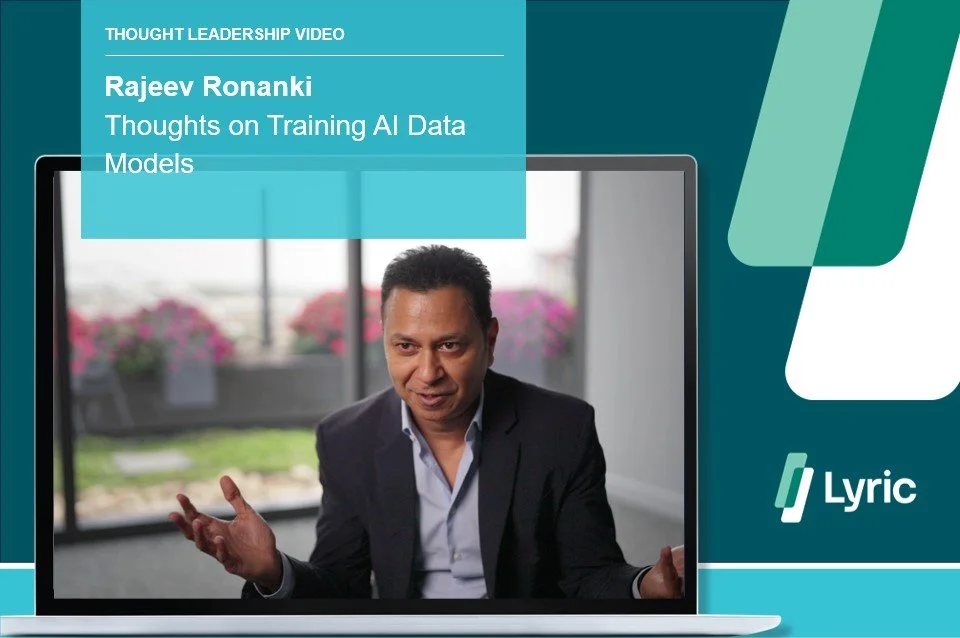Perspectives by Raj: Integrating AI in Healthcare Architecture
Rajeev Ronanki discusses the challenge of integrating AI into the modern healthcare enterprise. He stresses that it’s not just about the technology itself—no matter how impressive AI’s capabilities might be. Instead, organizations must approach AI adoption holistically. That means paying attention to governance, ethics, transparency, compliance, and ongoing regulations, which are all still taking shape at state, federal, and local levels.
Raj notes there’s a temptation to sprint ahead with new AI features and capabilities before understanding all the ripple effects. But this can lead to big problems if companies ignore factors like interoperability, skill development, organizational redesign, and massive change management. In other words, it’s about more than just plugging in a new AI tool. Everyone involved—data analysts, clinicians, administrators—needs to be trained or upskilled. Systems must talk to each other. Compliance rules need to be fully considered. Without looking at all these dimensions, an AI initiative could quickly become chaotic or even fail.
His advice is clear: treat AI integration as a program of change that covers every relevant dimension of the organization. Rushing into it without a holistic view could lead to unexpected hurdles or even serious compliance issues. Instead of moving too fast, Raj recommends taking the time to understand the full picture. This approach ensures that when new AI-driven solutions roll out, they’re actually beneficial, sustainable, and aligned with the enterprise’s overarching goals.
In essence, Raj reminds us that AI won’t magically fix healthcare’s complexity. It can help, but only if introduced thoughtfully, with attention to people, processes, policies, and technology working in harmony.
Additional Videos



